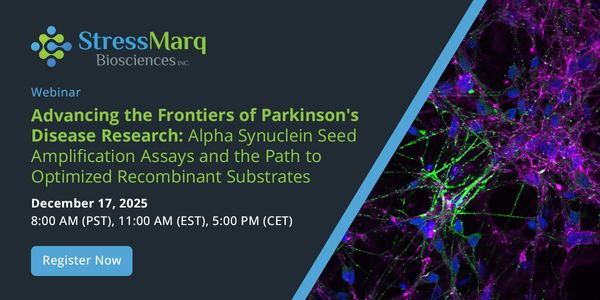
Investigating DNA repair mechanisms in hypoxic brain tumours and the link to treatment resistance
-
Sophie Cowman
4th Year PhD Student, Institute of Integrative Biology, University of LiverpoolBIOGRAPHY
DATE: April 27, 2018
TIME: 10:00am PDT, 1:00pm EDT
Glioblastoma (GBM) and Medulloblastoma (MB) are the most common adult and paediatric brain tumours, both of which can have devastating consequences. Patients diagnosed with GBM have a life expectancy of around 15 months, whereas, for MB, the survival rate is higher. However, commonly used treatments for MB can have a negative impact on a child’s developing brain. Therefore, it is imperative that further research is conducted to understand the complex cell biology of these tumours to enable us to improve current treatment protocols.
Both GBM and MB are defined as hypoxic as their O2 levels are lower than the physiological 5% O2 found in the brain. Tumour hypoxia is known to enhance the ability cancer cells to invade other tissues and form tumours at secondary sites (metastasis), as well as causing resistance to chemotherapy and radiotherapy. Currently, little is known about how the chronic hypoxic tumour environment causes long-lasting cellular adaptations within tumour cells resulting in their resistant phenotype.
To further understand this, our lab investigates how long-term hypoxia exposure impacts DNA repair mechanisms within brain tumour cell lines, and how these changes can affect the response of cells to DNA damaging agents such as chemotherapeutic drugs and X-ray irradiation. We use a variety of complementary techniques including cell culture, gene expression analysis and advanced confocal microscopy.
We have observed down-regulation of key DNA repair proteins induced by hypoxia, causing the cells not to ‘recognise' certain types of DNA damage. Therefore, the cells are less likely to trigger apoptosis after cancer treatment. Additionally, further changes in DNA repair genes may cause a reduction in the efficiency of DNA repair, influencing the cell response to cancer therapy. It is hoped that gaining a deeper understanding of the effect of hypoxia in GBM and MB will aid in the development of more successful treatment methods.
Learning Objectives:
- Understand how hypoxia can cause changes to DNA repair mechanism in cultured brain tumour cells
- Understand how we can use advanced microscopy techniques to determine the functional impact of hypoxia-induced changes in DNA repair mechanism.
Investigating DNA repair mechanisms in hypoxic brain tumours and the link to treatment resistance
Please update your information
Certificate of Participation
DOWNLOAD CERTIFICATE






